Ippodo Gallery opens exhibition of tea wares by more than 15 contemporary Japanese potters
© Ippodo Gallery
NEW YORK, NY.- In celebration of Ippodo Gallery NY’s 10th anniversary, the gallery announces an exhibition of tea wares by more than 15 contemporary Japanese potters. Ranging from young artists to master craftsmen, the works evoke a wonderful feeling of harmony. The five senses are magnified as you hold a bowl in your palms, with each acting as their own microcosmos.
Ippodo has always focused on the tea-related artworks as a core cultural component of Japan, with tea ceremony and its accoutrements at the center of that ideology. This is the second exhibition of tea wares by these Ippodo artists, as the first was held in 2014. Exhibiting artists include Keiji Ito, Hiromi Itabashi, Kohei Nakamura, Kyusetsu Miwa XII, Chozaemon Ohi XI, Tetsu Suzuki, Shiro Tsujimura among others.
Yasushi Fujihira, Tea bowl with silver and lapis glaze, 2018. H3 1/2 Φ4 3/4 in. H8.6 Φ11.8 cm. © Ippodo Gallery
With the unique process of tea ceremony, appreciation for tea wares differs from that of other crafts. Unlike an artwork that is only appreciated visually, tea ceremony embodies beauty and joyfulness, as achieved through contemplation and tranquility. During the ceremony, the bowl is raised with both hands, and the drinker savors the texture of the piece against his or her lips. Reflection on the green color of the tea, the full weight of the vessel, and the shape of the kodai, or the foot of the bowl, all add to the experience of pleasure.
The tea wares are transformed through shape and glaze, the full object ripe with discovery in detail. Each modification, no matter how small, becomes a source of appreciation--a culmination of Japanese aesthetics.
Hiromi Itabashi, White porcelain tea bowl, 2018. H3 3/4 W5 1/4 D5 1/4 in. H9.8 W13.2 D13 cm. © Ippodo Gallery
The Japanese tea ceremony was first developed during the Azuchi Momoyama period (1573-1603), with the wabi-cha style perfected by Sen-no-Rikyu (1522-91), which spread widely among the Samurai class. The guest entrance to the tea ceremony room is extremely small and low, forcing the guests to enter on their knees, to oblige the Samurai to leave swords outside. A Samurai valued his sword as highly as his life, so to part with it in order to participate in tea ceremony no doubt created a heightened atmosphere of humility. As such, the small tea room must have offered the Samurai a unique form of freedom, equalizing all who entered.
Kohei Nakamura, Ido tea bowl, 2018. H4 1/4 Φ6 3/4 in. H10.2 Φ16.8 cm. © Ippodo Gallery
While the earliest tea ceremonies were restricted to feudal lords and high-ranking samurai, the rituals gradually became popular with the rich merchant class during the mid-Edo period (18th century). Edo-period tea ceremony was characterized by refinement, combining the Zen Buddhism with the Way of the Samurai. From spiritual sublimation across society to the delicate and intensive craftsmanship of utensils, (particularly tea bowls), tea ceremony grew in cultural and ultimately historical importance. At different points in history, a single tea bowl has even been considered more important than territory. A simple tea bowl contains a sense of great presence and infinite power: Microcosms of a great maternal spirit.
Kyusetsu Miwa XII, Tea bowl 'Butterfly on flower in Palm', 2018. H4 1/4 Φ6 3/4 in. H10.2 Φ16.8 cm. © Ippodo Gallery
Various traditional styles of tea bowl continue today: Raku, Ido, Hagi, Karatsu and Shino are still being created. Japanese potters often dedicate their lives to the creation of the perfect tea bowl. The tea master devotes all his energies to a single bowl of tea to make it a unique encounter, allowing the guest to appreciate the experience through all five senses.
But the sensory experience of the tea ceremony is not merely solitary. The ritual allows for important communication; it joins people together, releasing the boundlessness of imagination to flourish. In a single tea bowl, happiness can be found.
Chozaemon Ohi XI, Ohi tea bowl, 2017. H3 1/4 Φ5 1/2 in. H8.2 Φ13.6 cm. © Ippodo Gallery
Tetsu Suzuki, Indigo and green glazed tea bowl, 2018. H4 1/4 W4 2/4 D4 1/4 in. H10.2 W11 D10.4 cm. © Ippodo Gallery
Shiro Tsujimura, Iga tea bowl, 2018. H3 3/4 W4 3/4 D3 3/4 in. H9.4 W11.5 D9.8 cm. © Ippodo Gallery
Noriyuki Furutani, Tenmoku tea bowl, 2018. H3 Φ5 1/4 in. H7.3 Φ13.2 cm. © Ippodo Gallery
Ruri Takeuchi, Tea bowl 'Wakamurasaki', 2018. H3 3/4×Φ4 1/2 in. H9.5×Φ10.8 cm. © Ippodo Gallery
Yui Tsujimura, Natural ash glaze tea bowl, 2018. H3 1/2 Φ5 3/4 in. H8.6 Φ14 cm. © Ippodo Gallery
Sōyō and Shōdō Yamagishi, Lacquer tea bowl, Otokoze style, 2017. H3 1/2 Φ4 3/4 in. H8.6 Φ11.8 cm. © Ippodo Gallery
Yukiya Izumita, 'Hen' Flake tea bowl, 2018. H3 3/4 W4 3/4 D4 in. H9.3 W12 D10 cm. © Ippodo Gallery

/https%3A%2F%2Fprofilepics.canalblog.com%2Fprofilepics%2F1%2F0%2F100183.jpg)
/https%3A%2F%2Fstorage.canalblog.com%2F03%2F02%2F119589%2F96711876_o.jpg)
/https%3A%2F%2Fstorage.canalblog.com%2F11%2F31%2F119589%2F94773502_o.jpg)
/https%3A%2F%2Fstorage.canalblog.com%2F20%2F83%2F119589%2F94772815_o.jpg)
/https%3A%2F%2Fstorage.canalblog.com%2F26%2F72%2F119589%2F75604929_o.jpg)
/https%3A%2F%2Fstorage.canalblog.com%2F59%2F60%2F119589%2F26458628_o.jpg)
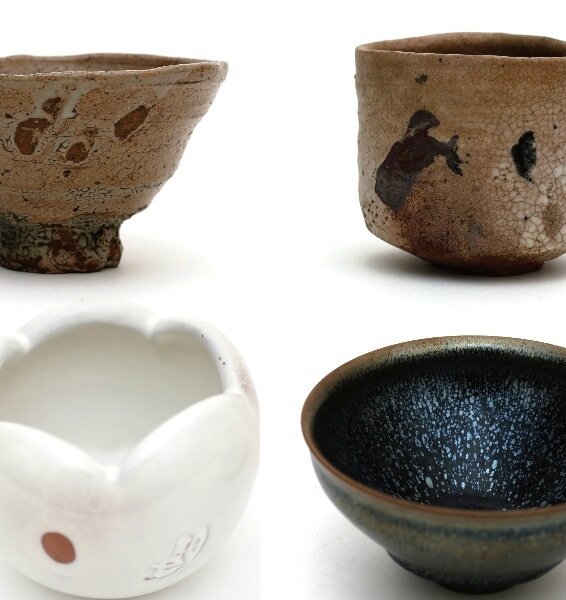
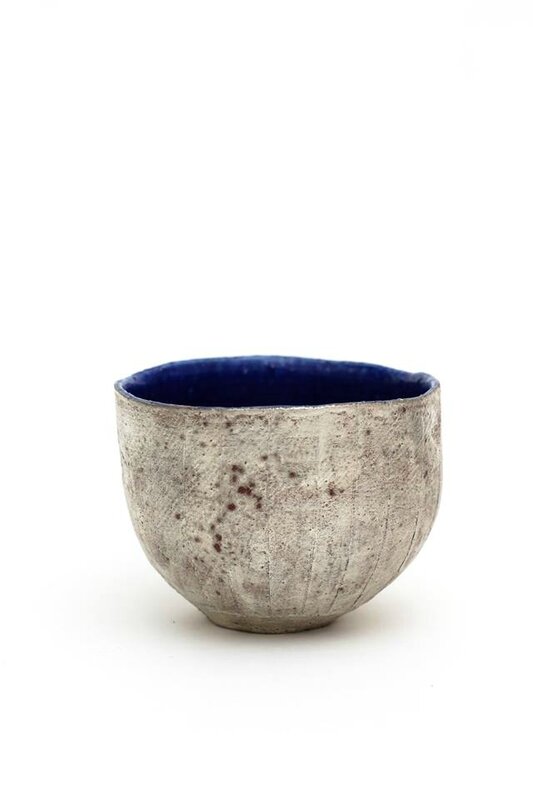
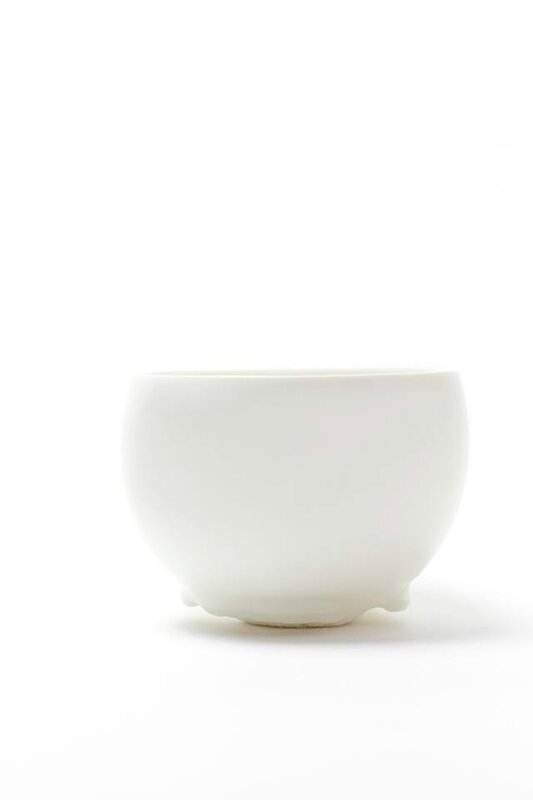

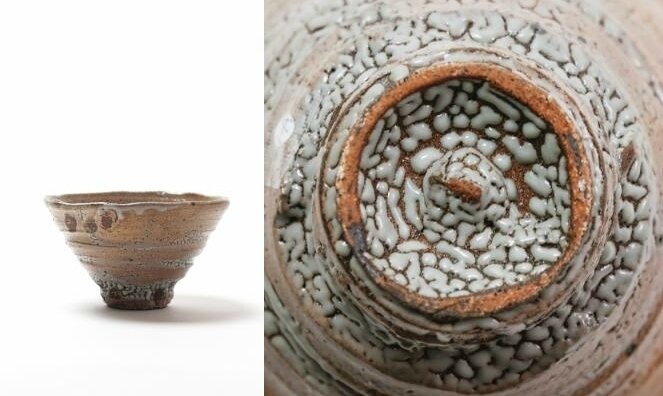
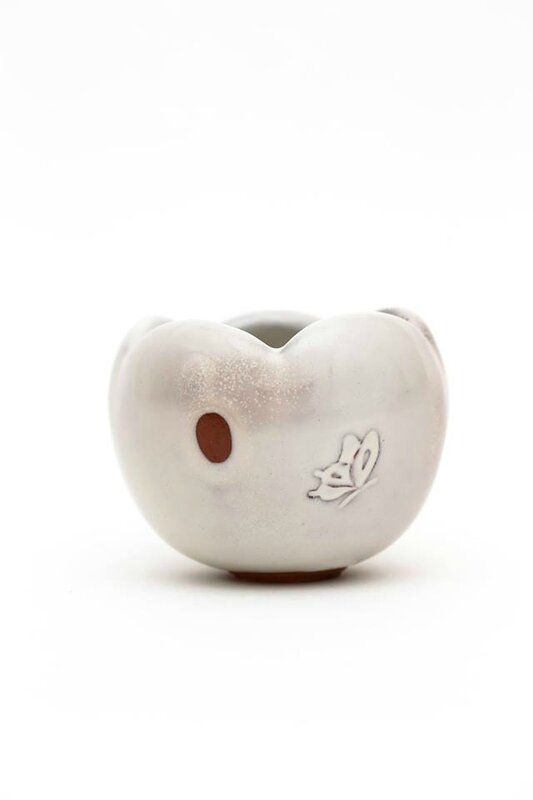
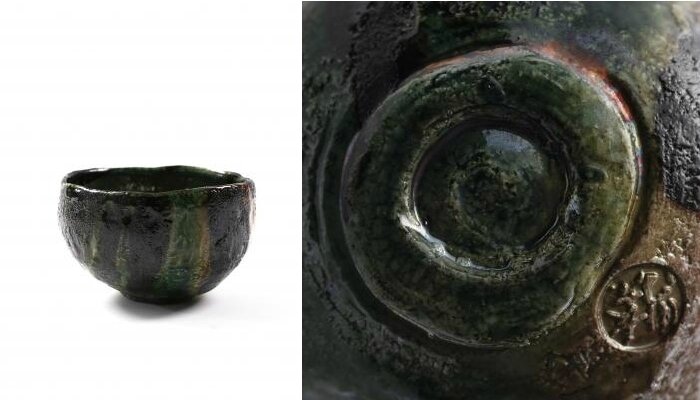



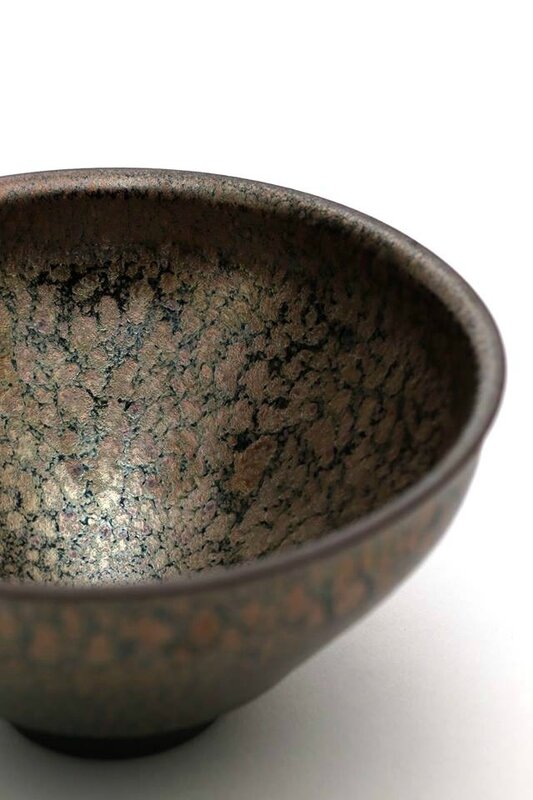
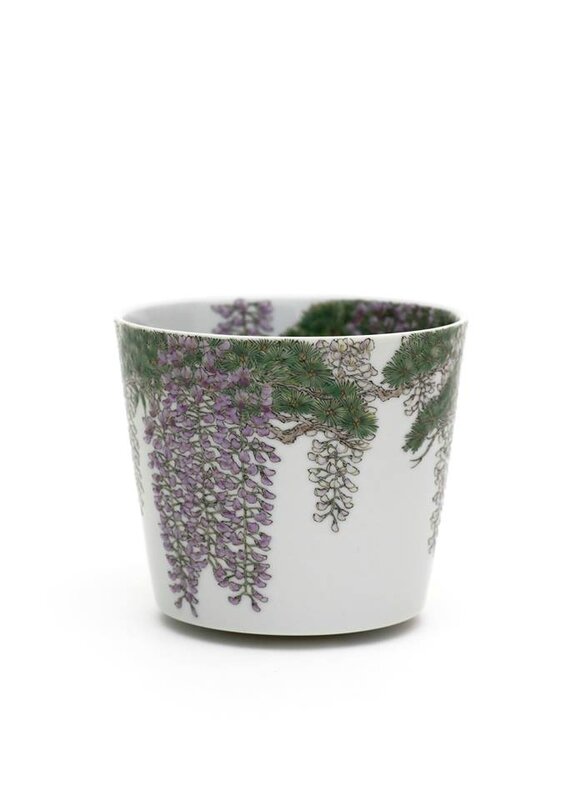


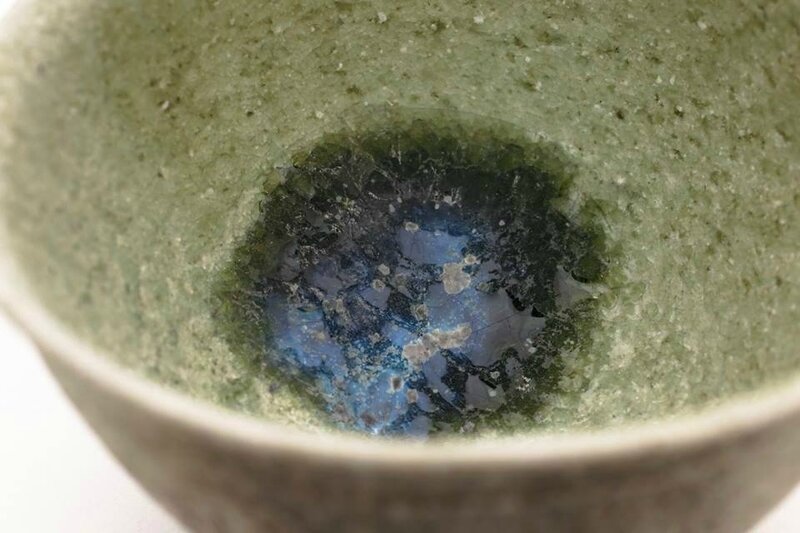

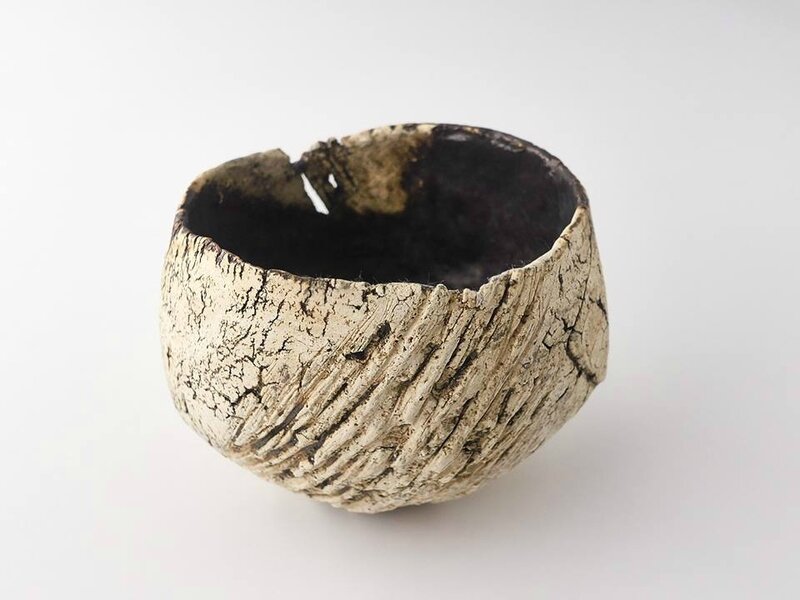


/http%3A%2F%2Fstorage.canalblog.com%2F92%2F66%2F119589%2F71696866_o.jpg)
/image%2F1371349%2F20240429%2Fob_94d73d_artofthe-2.jpg)
/image%2F1371349%2F20240429%2Fob_a32180_438086347-1659660838137262-66806538687.jpg)
/image%2F1371349%2F20240429%2Fob_5853a1_440937185-1660184551418224-14760604465.jpg)